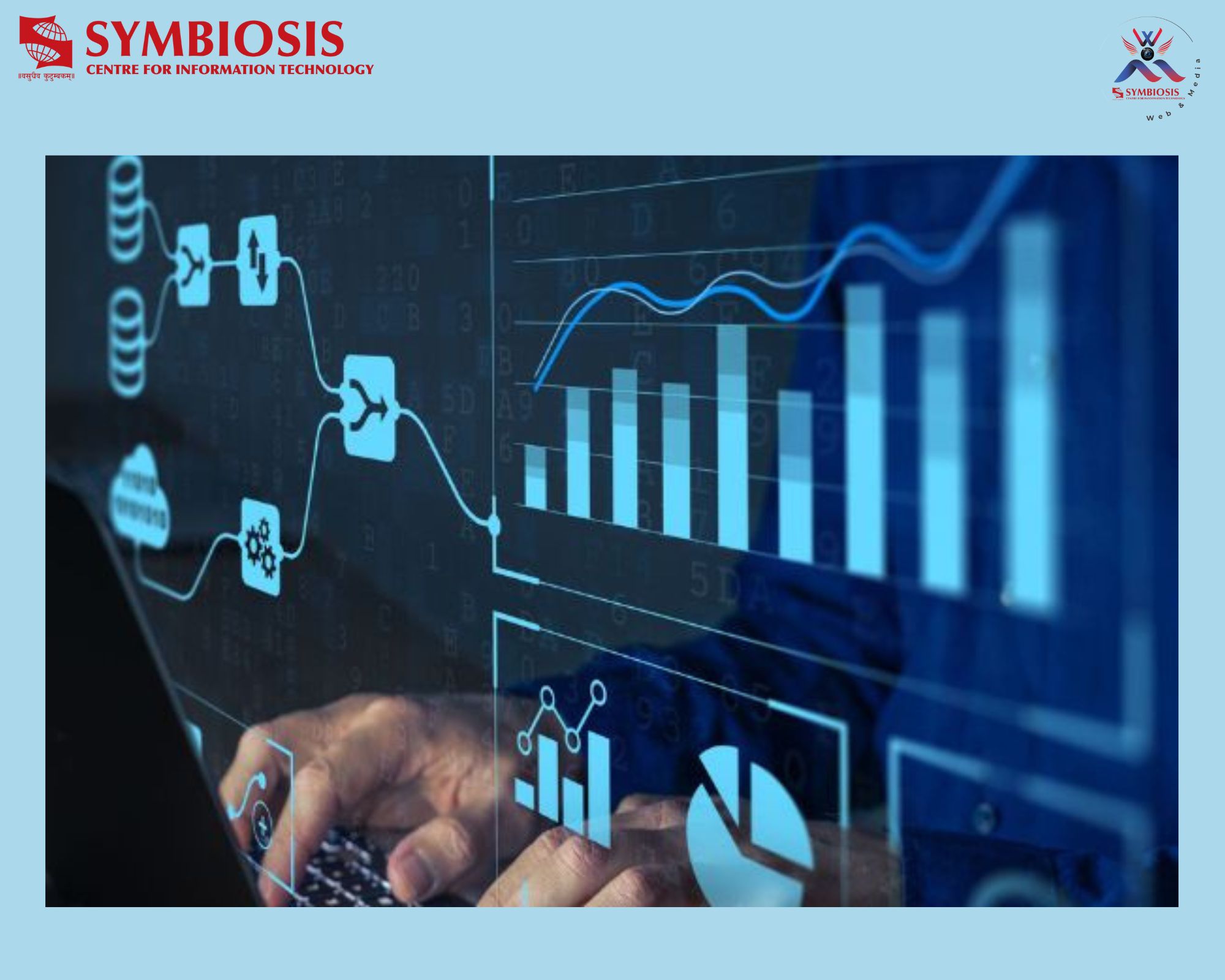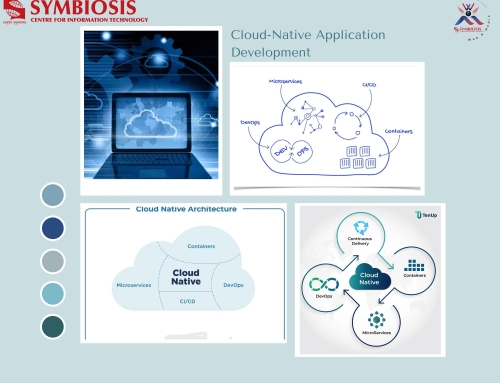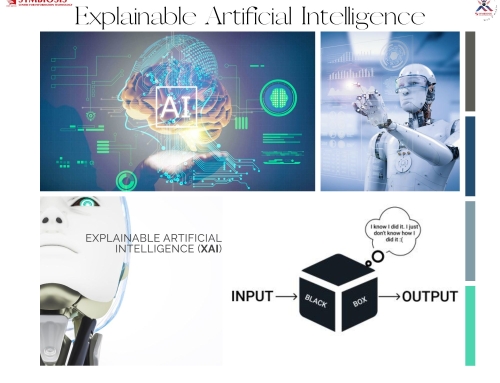Navigating the Future: Advanced Database Management Systems in the Era of Big Data Analytics

In this rapidly evolving landscape of database management systems, three key trends reshape how we handle and process data: graphs, time series, and New SQL. Graph databases excel at managing complex relationships between data points, making them ideal for applications like social networks, fraud detection, and recommendation engines. A compelling use case is a social media platform leveraging a graph database to analyze user connections and deliver personalized content, enhancing user engagement and satisfaction. Time-series databases, tailored for handling data points with temporal relevance, are gaining prominence in applications like IoT, financial trading, and sensor data analysis. Imagine an intelligent city utilizing a time-series database to monitor and optimize energy consumption, enabling efficient resource utilization and sustainability. New SQL databases offer a middle ground between traditional relational and No-SQL databases, providing scalability without sacrificing ACID compliance. An e-commerce giant could leverage NewSQL to handle a surge in transactional data during peak shopping seasons, ensuring seamless user experiences without compromising data integrity.
Graph databases weave intricate webs, connecting friends and tailoring personalized content for delightful online experiences. Time-series databases march through time, orchestrating events to optimize efficiency in smart cities and promote sustainable resource use. NewSQL databases perform a delicate balancing act, effortlessly handling surges in data during peak periods, ensuring smooth and reliable online interactions. These databases empower our digital world with diverse capabilities, making complex tasks seem like child’s play.
The role of databases in big data analytics and real-time processing must be balanced. Whether uncovering insights from massive datasets or enabling instant decision-making, databases are the backbone of these operations. A healthcare organization, for example, could harness the power of real-time analytics to monitor patient vitals continuously, allowing for early intervention and improved patient outcomes. As we navigate the data-driven future, these advanced database management systems are pivotal in unlocking the full potential of big data analytics and real-time processing, ushering in a new era of efficiency, innovation, and transformative possibilities.















